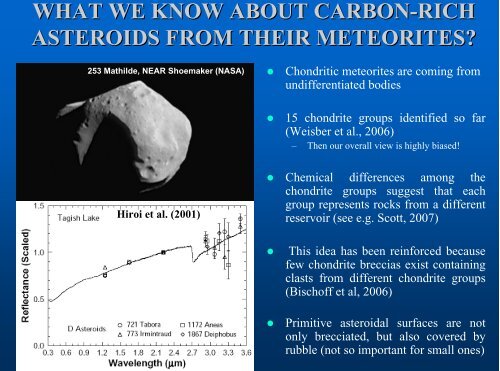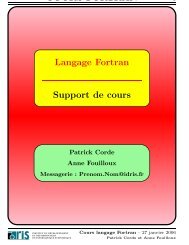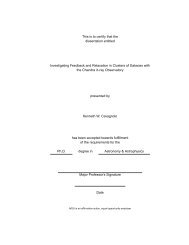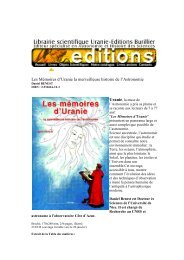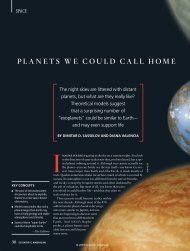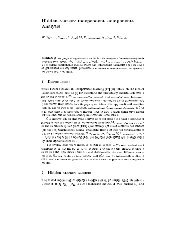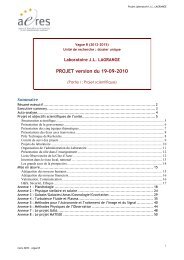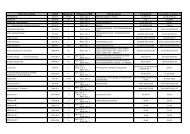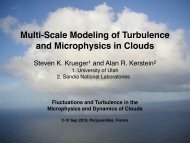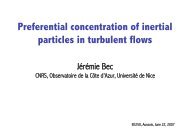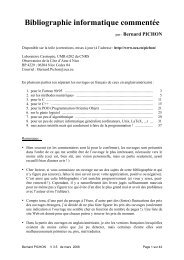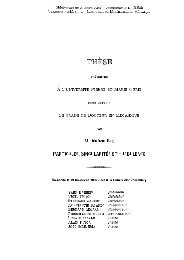ââLearning about the degree of aqueous alteration of NEOs from ...
ââLearning about the degree of aqueous alteration of NEOs from ...
ââLearning about the degree of aqueous alteration of NEOs from ...
You also want an ePaper? Increase the reach of your titles
YUMPU automatically turns print PDFs into web optimized ePapers that Google loves.
WHAT WE KNOW ABOUT CARBON-RICH<br />
RICH<br />
ASTEROIDS FROM THEIR METEORITES?<br />
253 Mathilde, NEAR Shoemaker (NASA)<br />
• Chondritic meteorites are coming <strong>from</strong><br />
undifferentiated bodies<br />
• 15 chondrite groups identified so far<br />
(Weisber et al., 2006)<br />
– Then our overall view is highly biased!<br />
Hiroi et al. (2001)<br />
• Chemical differences among <strong>the</strong><br />
chondrite groups suggest that each<br />
group represents rocks <strong>from</strong> a different<br />
reservoir (see e.g. Scott, 2007)<br />
• This idea has been reinforced because<br />
few chondrite breccias exist containing<br />
clasts <strong>from</strong> different chondrite groups<br />
(Bisch<strong>of</strong>f et al, 2006)<br />
• Primitive asteroidal surfaces are not<br />
only brecciated, but also covered by<br />
rubble (not so important for small ones)


